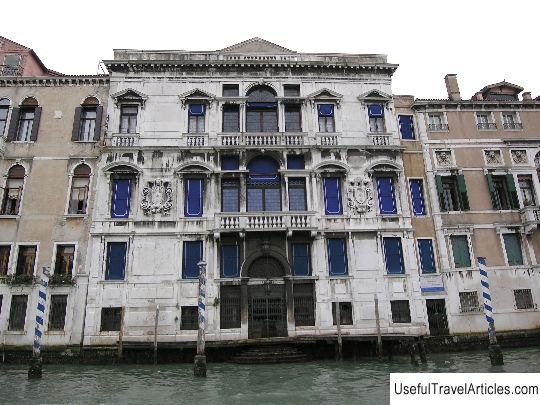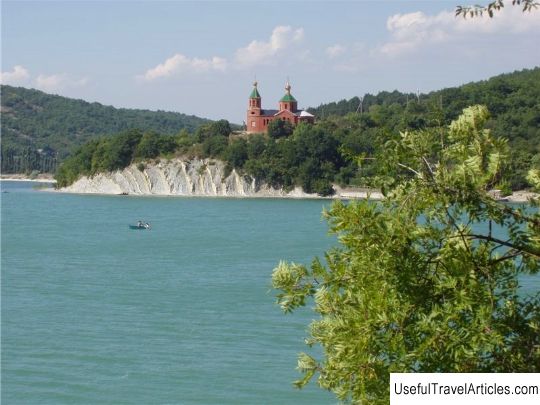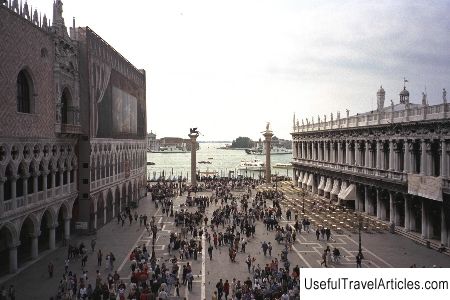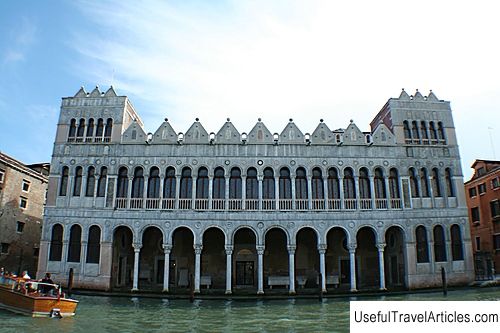Museo Correr description and photos - Italy: Venice
Rating: 7,6/10 (2432 votes) 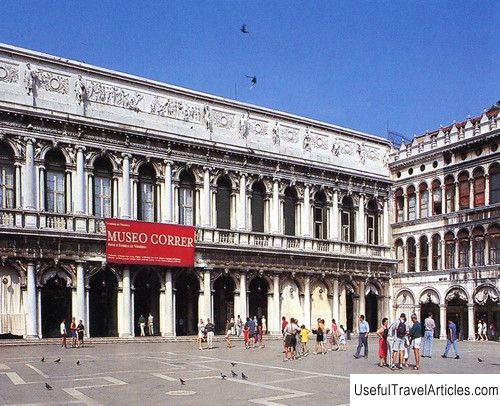
Museo Correr description and photos - Italy: Venice. Detailed information about the attraction. Description, photographs and a map showing the nearest significant objects. The title in English is Museo Correr. Photo and descriptionThe Correr Museum in Venice is named after Teodoro Correr (1750-1830), a passionate art collector and member of one of the city's oldest aristocratic families. Correr bequeathed to Venice not only his entire richest collection of paintings, but also the palace in the San Zan Degola area, in which it was kept, and a decent amount for the further expansion of the collection. His only condition was that the collection bears his name. It was this collection of works of art that became the nucleus around which the Foundation for the City Museums of Venice was subsequently formed. Interestingly, in his will, Correr meticulously described when and under what conditions his collection can be made available to the public, how many people can work in the museum, and even how much money should be spent for these purposes. Despite this, the original collection of Correr was only partially exhibited, and only under the third curator, Vincenzo Lazari, was it transformed into a museum proper. Thanks to the efforts of the same Lazari, the museum has become not only a place for conducting scientific research in the field of art, but also an exhibition gallery with priceless exhibits. By the middle of the 19th century, the Correr Museum had become a must-see stop for all visitors to Venice. In parallel, the museum's collections grew thanks to donations and new acquisitions. The modern Foundation for the Civic Museums of Venice, which grew out of the Correr collection, consists of 11 separate museums scattered throughout the city. In 1887, the museum's funds were transferred to the Fondaco dei Turchi building. A couple of years later, a significant archive of the Morosini family was added to them, and during the years of the Second Venice Biennale, a collection of contemporary art was launched. In 1902, this collection was placed in the baroque palace Ca 'Pesaro, bequeathed to the city by Duchess Felicita Bevilacqua La Maza. In 1922, the Correr Museum moved again - to Piazza San Marco, where it is located today, and in 1923 the Museum of Natural History was located in Fondaco dei Turchi. At the same time, collections of glass products were placed in Palazzo Giustiniani on the island of Murano. The current building of the Correr Museum was built at the very beginning of the 19th century on the site of the old church of San Geminiano, which was rebuilt in the middle of the 16th century by Jacopo Sansovino and stood between the Procuratie Vecchi and Procuratie Nuove - two long arched buildings that stretch along the entire Piazza San Marco. These buildings housed the offices and residences of the most influential political figures of the Venetian Republic. The new palace was built as the residence of Napoleon, but was completed already during the years of Austrian rule and served as the residence of the Habsburg court in Venice. Giovanni Antonio Antolini, Giuseppe Soli and Lorenzo Santi were the architects of this building with a monumental double facade, some kind of mystical portico, spacious staircase and luxurious ballroom. The decorations of the palace were created by the Venetian artist Giuseppe Borsato, who carefully reproduced the imperial style in the interior, and the ceiling above the grand staircase in 1837-38 was painted with frescoes by Sebastiano Santi.         We also recommend reading Hadrian's Wall description and photos - Great Britain: Newcastle-on-Tyne Topic: Museo Correr description and photos - Italy: Venice. |
